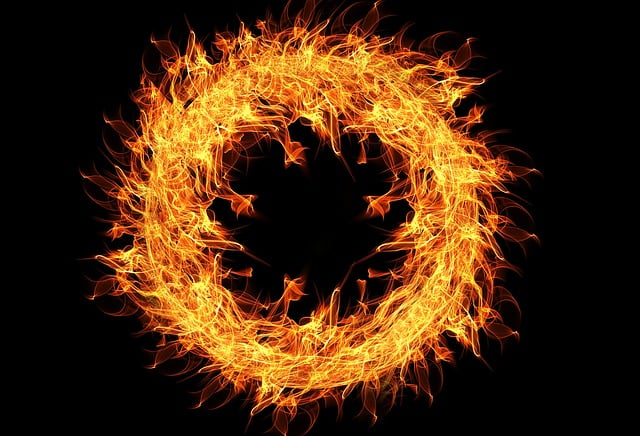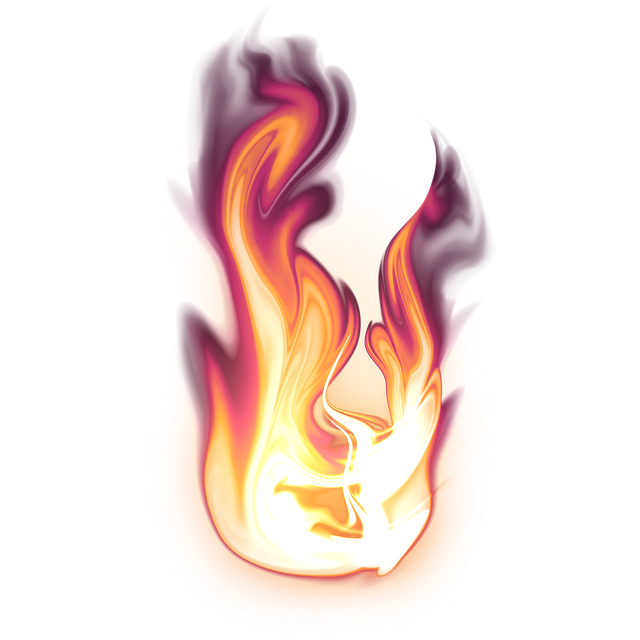Smoke from fires can severely impact San Antonio homes' HVAC systems, lowering air quality and efficiency. Homeowners should follow expert smoke damage cleanup tips tailored for their city, focusing on key steps like replacing filters, cleaning ductwork, using specialized equipment to eliminate odors and residues, and taking quick action to prevent long-term damage. This guide emphasizes safety, providing a step-by-step process from assessing damage to testing air quality, ensuring a restored HVAC system that prioritizes indoor comfort and health.
After a fire, smoke damage can leave devastating remnants within HVAC systems. Understanding the impact of smoke on these crucial components is essential for San Antonio homeowners seeking restoration. This article provides an in-depth guide to navigating post-fire HVAC smoke cleaning and maintenance, offering valuable smoke damage cleanup tips tailored for local residents. From assessing the extent of damage to implementing effective restoration strategies, discover why professional intervention is vital for a safe and efficient return home.
- Understanding Smoke Damage and Its Impact on HVAC Systems
- The Importance of Professional Smoke Cleaning for San Antonio Homes
- Step-by-Step Guide to Effective Post-Fire Restoration HVAC Maintenance
Understanding Smoke Damage and Its Impact on HVAC Systems

Smoke damage can significantly impact HVAC systems, a critical component of any home’s comfort and air quality. When smoke infiltrates your home, it leaves behind harmful residues that, if not addressed properly, can lead to various issues within your heating, ventilation, and air conditioning unit. This is especially true for San Antonio homeowners, where fires are unfortunately not uncommon.
The soot and chemicals present in smoke can accumulate in ducts, filters, and vents, causing odours, reduced airflow, and even damaging the internal components of your HVAC system. To mitigate these effects, Smoke damage cleanup tips for San Antonio homeowners suggest a thorough process that includes replacing filters, cleaning ductwork, and using specialized equipment to remove stubborn odours and residues. Prompt action is crucial to prevent long-term problems and ensure your HVAC system operates efficiently once restored.
The Importance of Professional Smoke Cleaning for San Antonio Homes

Step-by-Step Guide to Effective Post-Fire Restoration HVAC Maintenance

After a fire, restoring your HVAC system is crucial for both indoor air quality and comfort. Here’s a step-by-step guide tailored for San Antonio homeowners aiming to effectively clean their HVAC units post-smoke damage:
1. Safety First: Ensure the area is safe to enter. Check with local authorities that it’s clear of hazardous materials. Wear protective gear, including gloves, goggles, and a mask, when handling contaminated surfaces or debris.
2. Power Off: Turn off your HVAC system at the main control panel to prevent any electrical accidents during cleaning. It’s essential to protect both your system and yourself from potential risks.
3. Inspect Thoroughly: Examine all components of your HVAC unit for smoke damage. Look for discolored filters, damaged ductwork, or any visible residue that might indicate smoke infiltration. Pay special attention to areas where smoke could have entered, such as return air ducts and vents.
4. Clean or Replace Filters: Smoke damage can leave behind unpleasant odors and particulate matter in your HVAC filters. Rinse reusable filters with water (if recommended by the manufacturer) or replace them entirely for optimal performance and air quality.
5. Deep Clean Ductwork: Smoke particles can become lodged in your duct system. Consider professional duct cleaning to remove buildup, ensuring a thorough decontamination and improving air flow.
6. Disinfect Surfaces: Use appropriate disinfectants to wipe down all accessible surfaces within the HVAC unit and surrounding areas, eliminating any lingering smoke odor or contaminants.
7. Test Air Quality: Once cleaning is complete, test your indoor air quality using reputable air quality testing kits available at hardware stores. This ensures that your system is operating safely and effectively.
After a fire, proper restoration and maintenance of your HVAC system are crucial steps in returning your San Antonio home to a safe and healthy environment. Understanding the impact of smoke damage on these systems is essential, as it can cause long-term issues if not addressed correctly. Professional smoke cleaning services play a vital role in mitigating potential hazards and ensuring the efficiency of your heating and cooling mechanisms. Following effective post-fire restoration practices guarantees a more comfortable and secure living space for San Antonio homeowners. Implement these smoke damage cleanup tips to guide you through the process and restore your home to its best condition.
